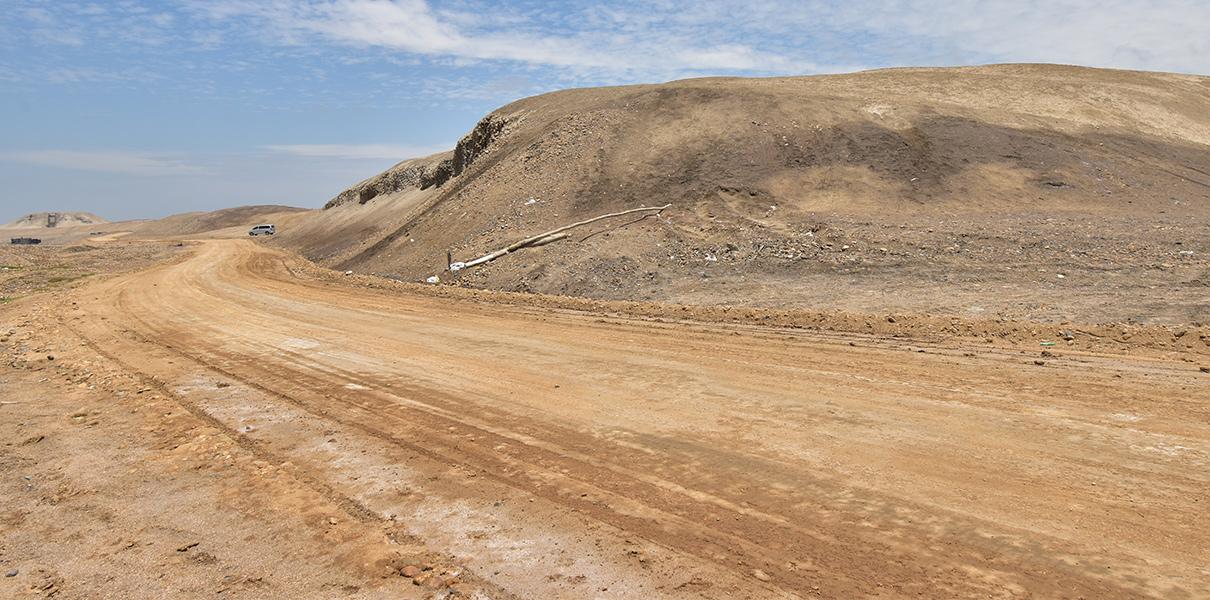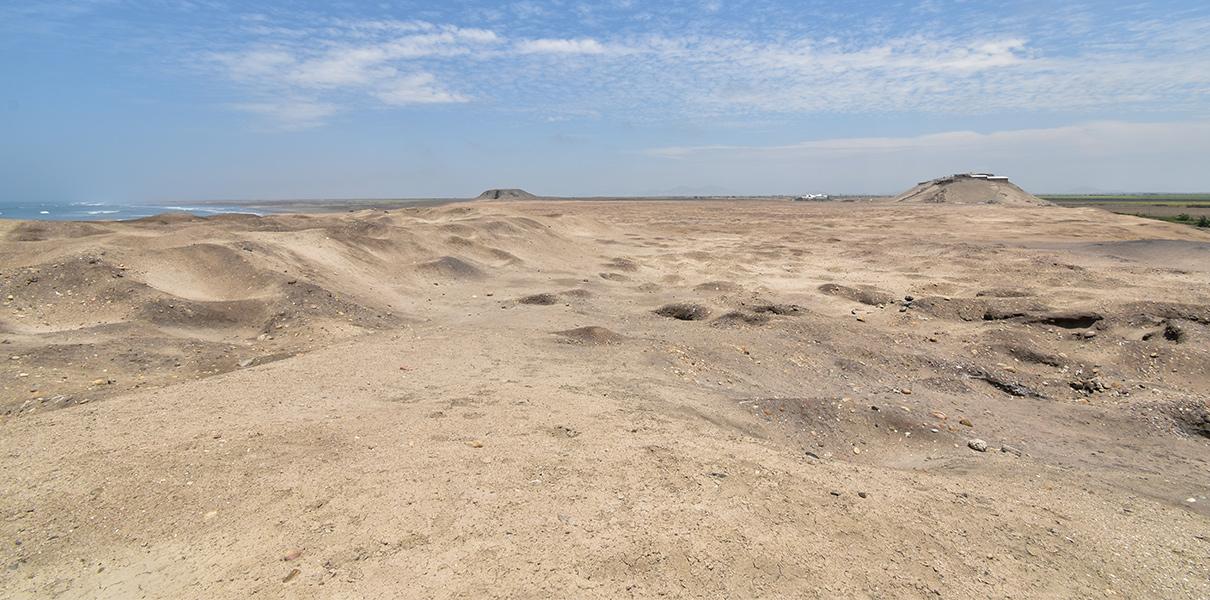- Visitors
- Researchers
- Students
- Community
- Information for the tourist
- Hours and fees
- How to get?
- Visitor Regulations
- Virtual tours
- Classic route
- Mystical route
- Specialized route
- Site museum
- Know the town
- Cultural Spaces
- Cao Museum
- Huaca Cao Viejo
- Huaca Prieta
- Huaca Cortada
- Ceremonial Well
- Walls
- Play at home
- Puzzle
- Trivia
- Memorize
- Crosswords
- Alphabet soup
- Crafts
- Pac-Man Moche
- Workshops and Inventory
- Micro-workshops
- Collections inventory
Students
Students
The Paredones

It is located north of Huaca Prieta. It owes its name to the vestiges of enormous walls that exist on its south side. It is a large sector composed of a yet-undetermined number of architectural structures and open spaces of congregation and domestic ones. This ample space has been occupied by different social groups throughout history. The first occupations, associated to the neighboring Huaca, were pre-ceramic and consumed ají and maize, and their evidences have been dated from 8 500 and 4 500 B.C., respectively. Together with the research conducted at Huaca Prieta, the data from Paredones account for the transition from a hunter-gatherer economy toward one based mainly on agriculture.
The Mochica epoch

There are also evidences of the Formative period, toward 1700-200 B.C. At the end of the decade of 1990, tombs were found where adult individuals dedicated to fishing and gathering shellfish were buried. Their funerary paraphernalia consisted of Cupisnique-style vases, Spondylus valves, and artifacts made of stone and bone.
The Mochica epoch in the sector (200-800 A.D.) is marked by the construction of walls and architectural structures of a smaller scale compared to the monumentality of Huaca Cao Viejo and Huaca Cortada. The functionality of this set of edifices of intermediate scale, close to the sea, seems to have been related to adjacent spaces, destined to the production of food at a communal scale and to domestic activities.
.
.